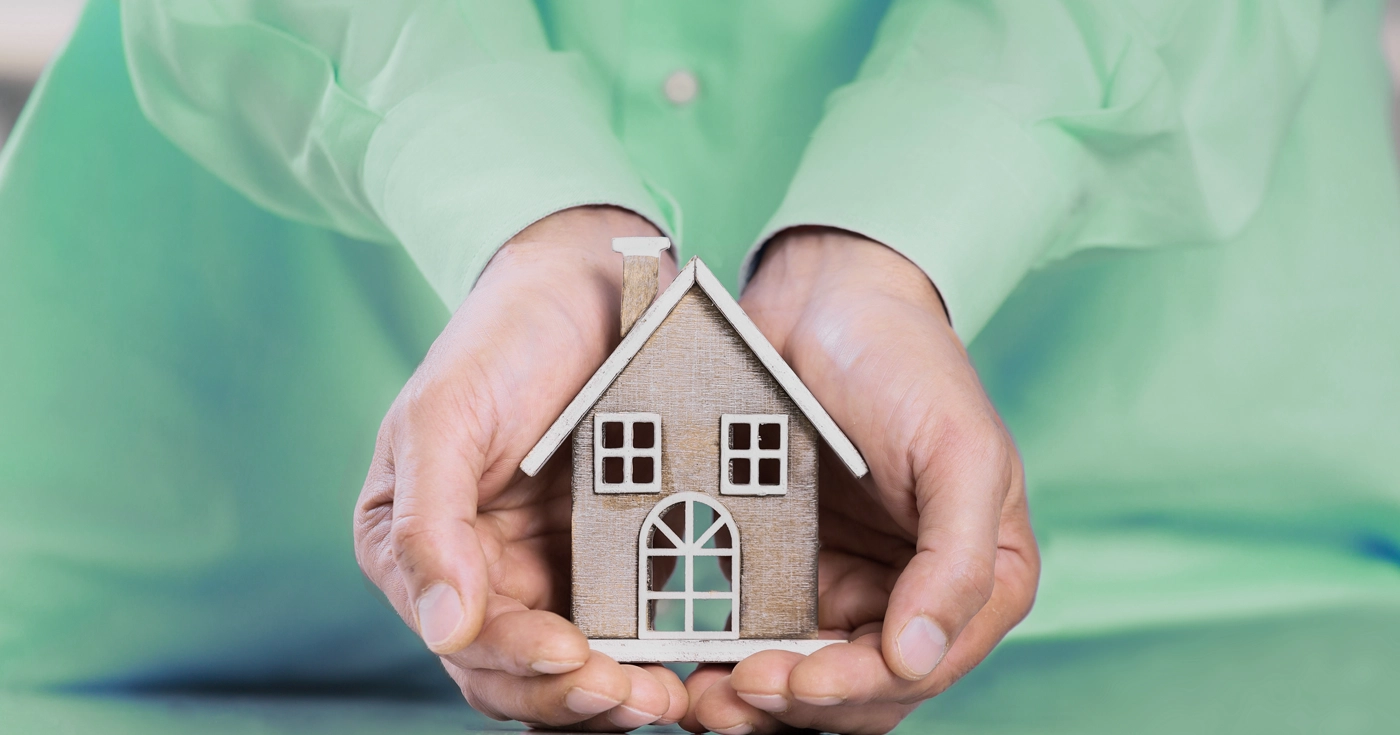
Where is there a risk of a real estate bubble?
The risk of a real estate bubble is a recurring concern in the global market, especially in cities where there has been a noticeable increase in prices. The “Global Real Estate Bubble Index 2024,” prepared by UBS, provides a clear view of the cities most exposed to a housing crisis by evaluating factors such as housing prices relative to income, rental costs, mortgage trends, and construction rates.
What is a real estate bubble?
A real estate bubble occurs when property prices rise rapidly, driven by speculation and demand, distancing themselves from their real value. This increase is usually fueled by factors such as easy access to credit or the expectation that prices will continue to rise. However, when the market becomes saturated or conditions change – for example, interest rates rise – demand decreases, and prices can fall quickly, causing significant losses for homeowners and investors.
Cities with the highest risk of a real estate bubble in 2024
The index, published annually by UBS, analyzes the real estate markets of 25 major cities worldwide. Firstly, it’s worth noting that real estate bubble risks have slightly decreased for the second consecutive year. However, some cities stand out with a slightly higher probability than the rest.
Miami tops the bubble risk index with 1.79 points – above 1.5 is considered high risk. The sharp rise in housing prices, driven by strong domestic demand and an influx of foreign investors, has made this city particularly vulnerable. On the other hand, Tokyo also ranks high on the list with a score of 1.67. In this case, property prices have continued to rise, driven by international demand and credit expansion, despite rising interest rates. Zurich is the third city with the highest bubble risk, with an index of 1.51, as property prices have remained high despite rising mortgage costs, driven by limited supply and strong housing demand.
Regarding Madrid, although the city’s housing market has been characterized by moderate price growth over the past year, it ranks 16th in this study with an index of 0.56. However, despite the market reflecting more stability than the aforementioned cities, the Spanish capital shows rising rental and home purchase prices, driven by strong demand from foreign buyers and increased tourism, which has sparked growing interest in purchasing real estate as an investment.
Factors that increase the risk of a bubble
Real estate bubbles don’t form overnight, but are the result of several economic and social factors that drive uncontrolled price growth in properties. Here are some of the factors that contribute to the formation of a real estate bubble:
High interest rates and limited affordability
In a high-interest-rate environment, access to credit becomes more expensive, and therefore, mortgages become more costly, raising the barrier to buying homes. This could slow price growth, but in many markets, demand is so high or supply so scarce that prices continue to rise despite these rates, and as a result, the market becomes unsustainable and inaccessible for most people. This explains the situation in cities like Zurich or Tokyo, where prices have remained high due to strong demand.
Speculative demand
This is one of the most dangerous factors driving a real estate bubble. Investors, seeking quick returns, buy properties with the intent to sell them in the short term, expecting prices to continue rising in a secure market. This type of demand can significantly inflate prices, especially in cities where housing supply is limited. When international buyers enter a market, they end up competing with locals, driving up home prices beyond what the local population, with a different economic context, can afford. This creates a disconnect between property prices and local incomes. Cities like Miami and Hong Kong, in this case, are attractive for this type of investment, which leads to overvalued properties.
Housing supply shortages
In many cities, urban development restrictions, lack of available land, or bureaucracy limit the construction of new housing. When supply cannot keep pace with demand, property prices rise rapidly. Additionally, this imbalance between supply and demand is often attractive to investors, which drives prices even higher. The limited supply in cities like Zurich or Munich, in this case, continues to push prices up.
In conclusion, a real estate bubble is driven by a combination of factors, including easy access to credit, speculative demand, supply shortages, and the disconnect between prices and the economic fundamentals of each country. Although bubbles can inflate prices rapidly, they are usually unsustainable, and when they burst, they can have serious consequences for homeowners and the economy as a whole.

